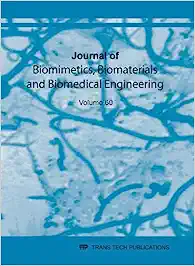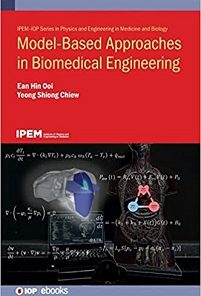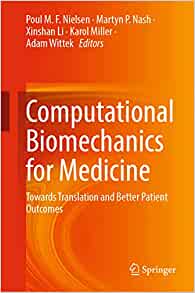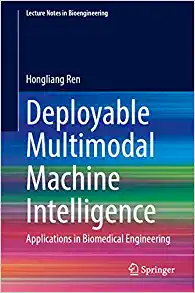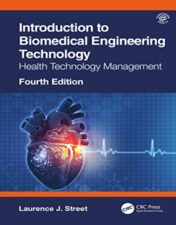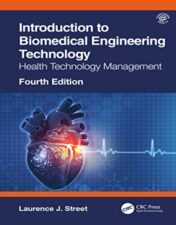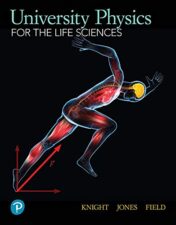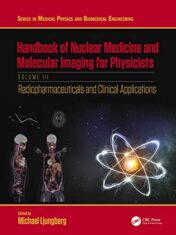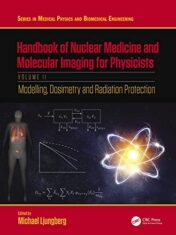Biophysics Books: The Essential Guide to Understanding the Intersection of Biology and Physics
Biophysics is a rapidly growing field that combines biology and physics to understand the behavior of living systems. It is an interdisciplinary subject that covers a wide range of topics, from the molecular structure of cells to the physiological processes of organisms.
For those interested in learning more about biophysics, there are many excellent books available that cover the fundamentals of the subject. These books provide a comprehensive understanding of the science of life and are an excellent resource for students, researchers, and anyone interested in the intersection of biology and physics.
Biophysics Books
Biophysics Books
Biophysics Books
Biophysics Books
Biophysics Books
Carbon and Graphene Quantum Dots for Biomedical Applications ()
Biophysics Books
Biophysics Books
Biophysics Books
Here are some of the top biophysics books that you should consider reading:
- “Biophysics: An Introduction” by Rodney C. Phillips – This comprehensive textbook provides a broad overview of biophysics, covering the fundamentals of the subject and the various branches of biophysics. It is written in a clear, concise style that is accessible to students and researchers alike.
- “Biophysics of the Cell Surface” by David S. Goodsell – This book provides a comprehensive introduction to the biophysics of the cell surface, including the molecular and structural properties of cell membranes. It includes numerous illustrations, graphs, and tables to help readers understand complex concepts.
- “Biophysics: A Physiological Approach” by R. S. Williams – This book provides a comprehensive overview of the fundamental principles of biophysics and the ways in which they are applied to the understanding of living systems. It is written in a clear, accessible style that is perfect for students and general readers.
- “Physical Biology of the Cell” by Rob Phillips, Jane Kondev, Julie Theriot, and Hernán García – This comprehensive textbook provides a broad overview of the fundamental principles of biophysics and the ways in which they are applied to the understanding of cells and cellular processes. It includes numerous illustrations, graphs, and tables to help readers understand complex concepts.
- “Molecular Biophysics: Structures in Motion” by Tobias Ritter and Thomas Franck – This book provides a comprehensive introduction to molecular biophysics, including the molecular structure of cells and the ways in which they interact with their environment. It is written in a clear, concise style that is accessible to students and researchers alike.
- “The Physics of Living Systems” by Jean-Baptiste Fournier and Laurent Mahadevan – This book provides a comprehensive overview of the ways in which physical principles are applied to the understanding of living systems, including the mechanics of cells and tissues, the behavior of biological fluids, and the physiology of organisms.
- “Biophysical Chemistry” by Carl R. Niemeyer and Janet E. Niemeyer – This comprehensive textbook provides a broad overview of biophysical chemistry, including the fundamental principles of biochemistry and the ways in which they are applied to the understanding of living systems. It includes numerous illustrations, graphs, and tables to help readers understand complex concepts.






